Media Mama
With her voice and a microphone, one woman creates lasting change
Photos and video by Dave Cooper
April 2016
Aissatou Ndiaye stands tall.
She wears brightly colored fabric draped over her head and shoulders. The mother of seven - six boys and one girl - lives in Touba Toul, a village in rural Senegal.
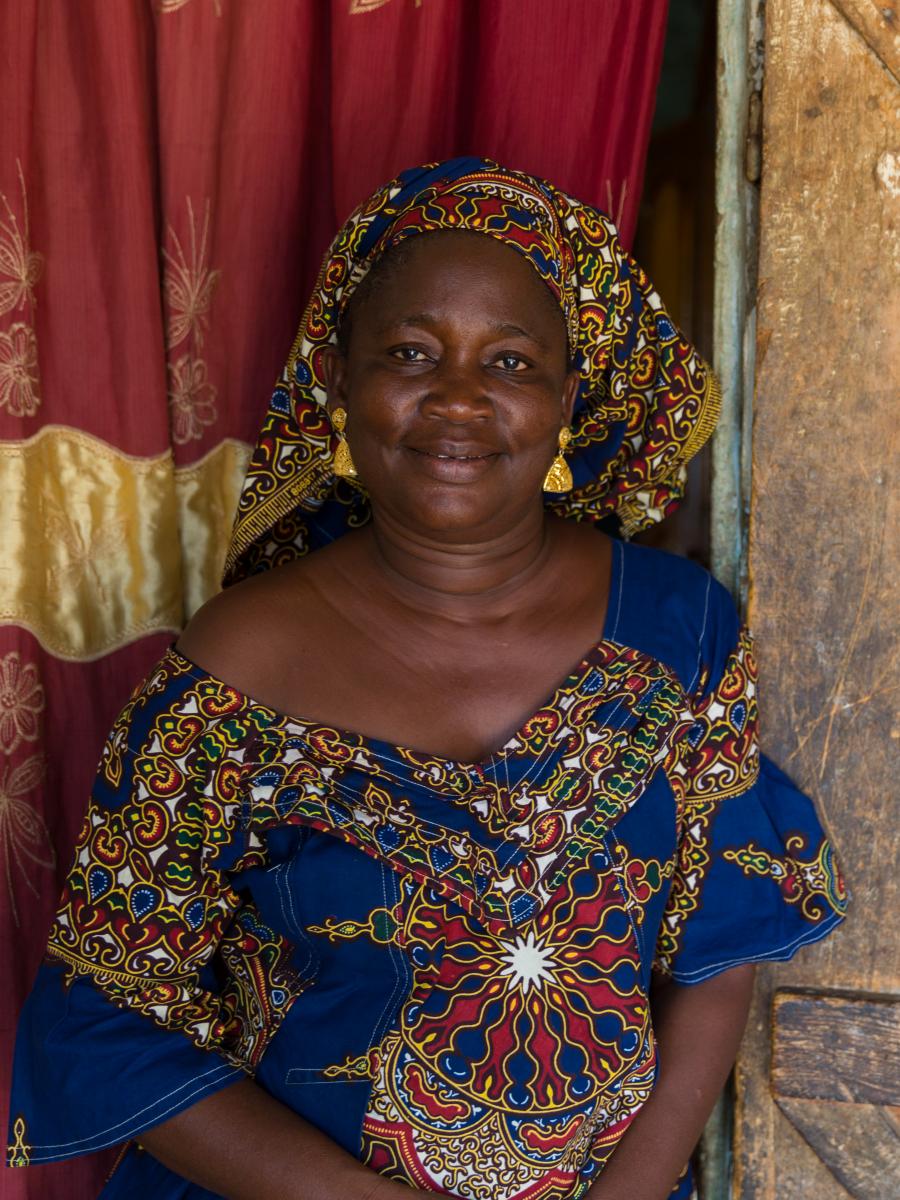
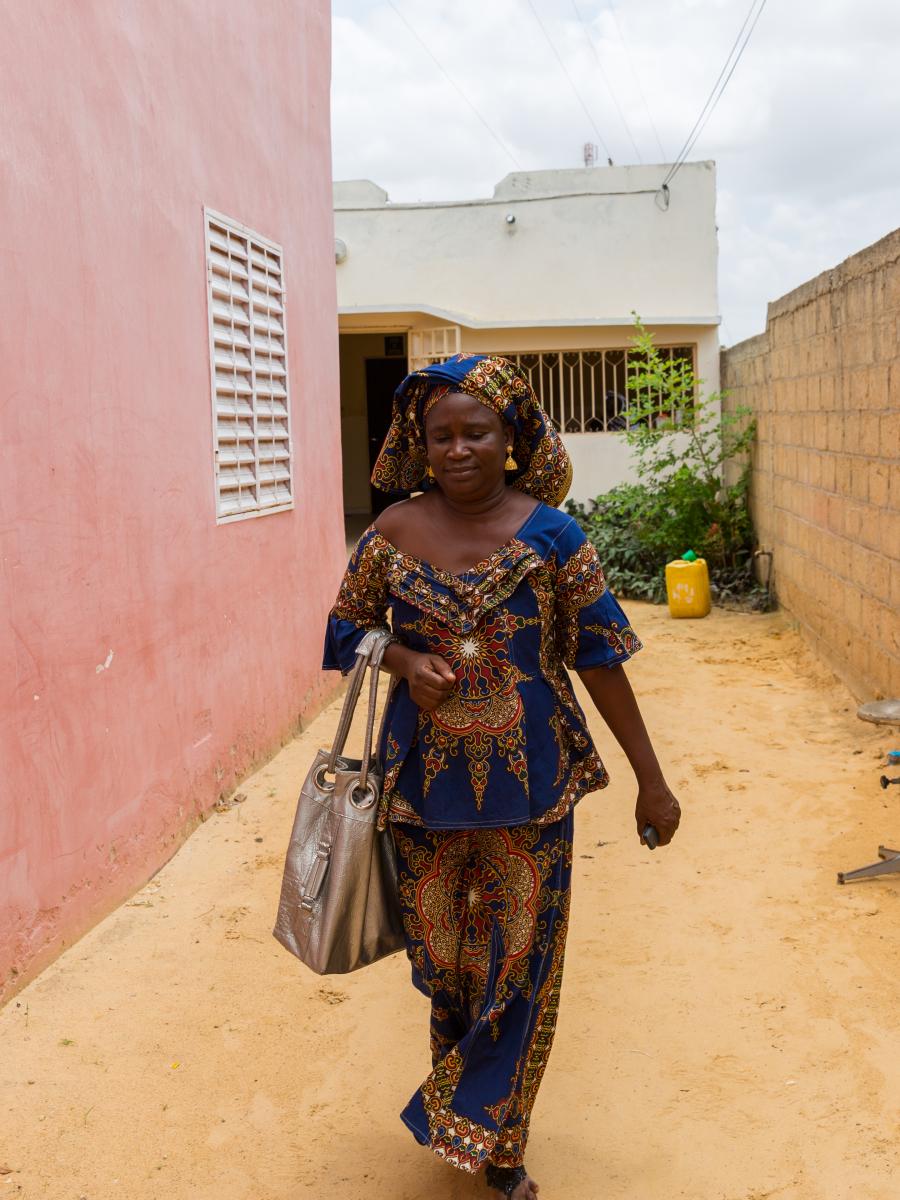
Women in the background
Like many women living in rural Senegal, Aissatou was taught that her main role in society was to take care of her family. Participating in community affairs, speaking in public and advocating for community needs was a “man’s job.”
Aissatou never spoke at public gatherings where men were present; she didn’t actively participate in making important decisions for her family or her community.
“I work with pride.”
Several years ago, Aissatou’s life began changing when she joined a USAID-sponsored program that trains women to become journalists.
“I work in journalism with pride, because I was trained,” Aissatou says with a smile.
Each workday, Aissatou interviews community members about a variety of topics, including education, healthcare, politics and family dynamics.
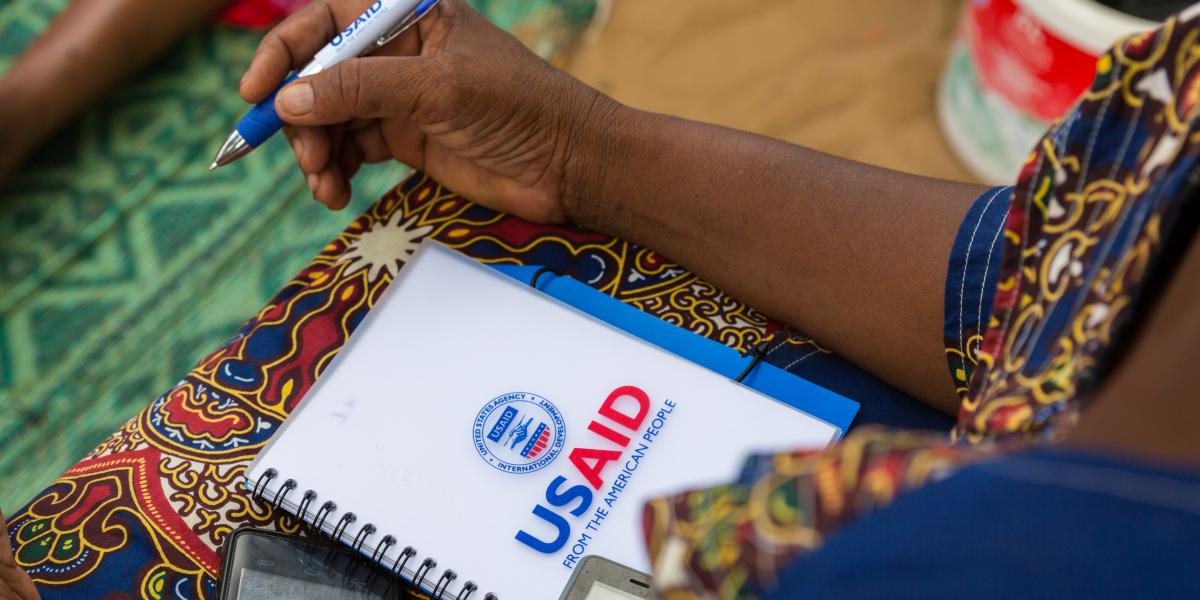
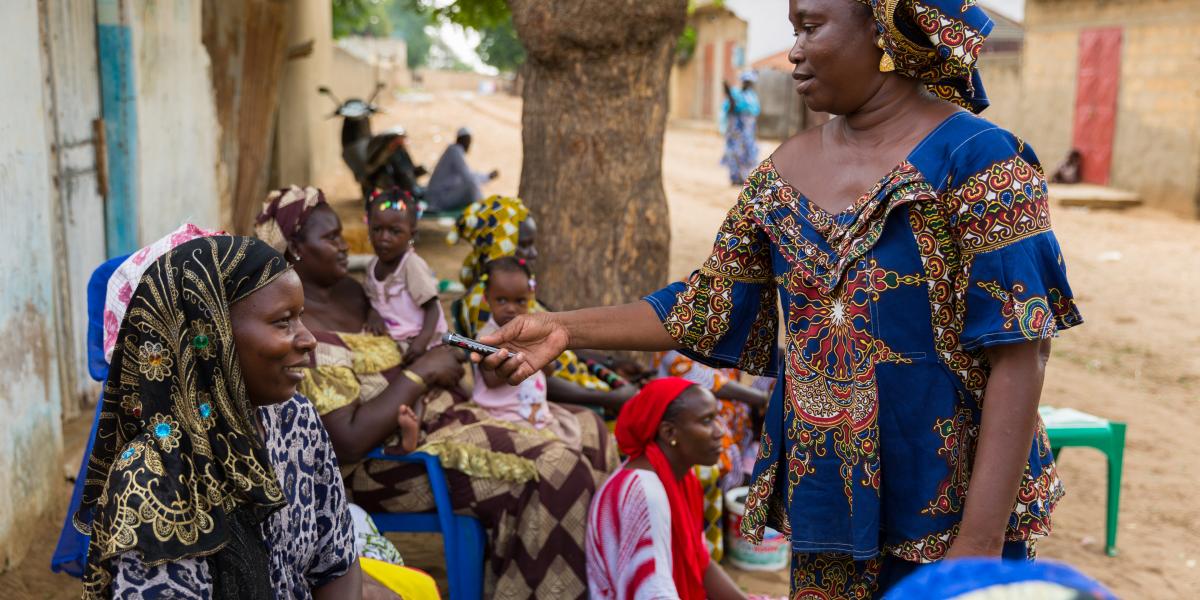
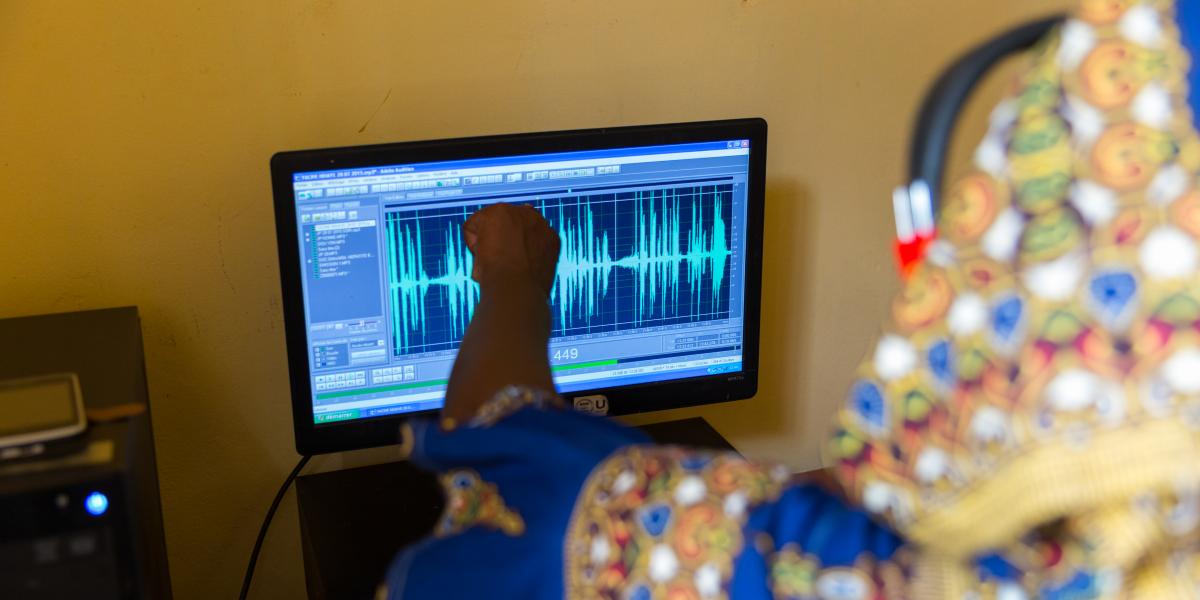
Despite the heat, she spends time with each interviewee, discussing the day’s pressing topic. After the interviews are completed, Aissatou heads to the studio to finalize her radio segment.
Finishing Touches
Aissatou uploads her interviews on to radio software where she shortens the length, adds music and works with the studio staff to get the piece ready for air.
Once the show is live, Aissatou cues up the music. After introducing her segment, she plays the piece she created earlier that morning.
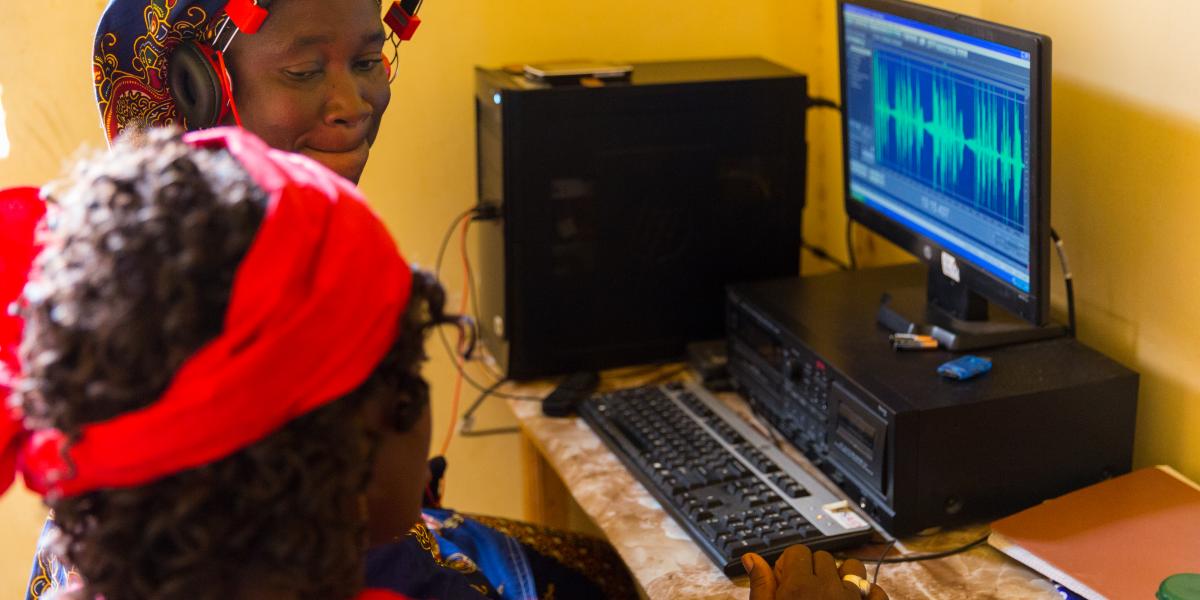
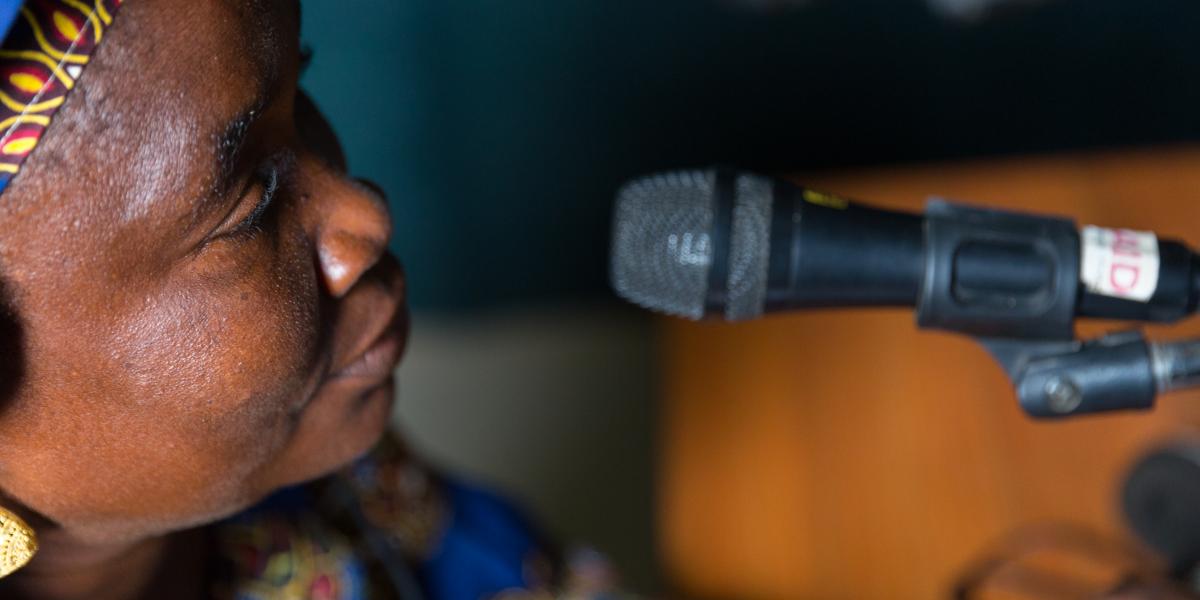
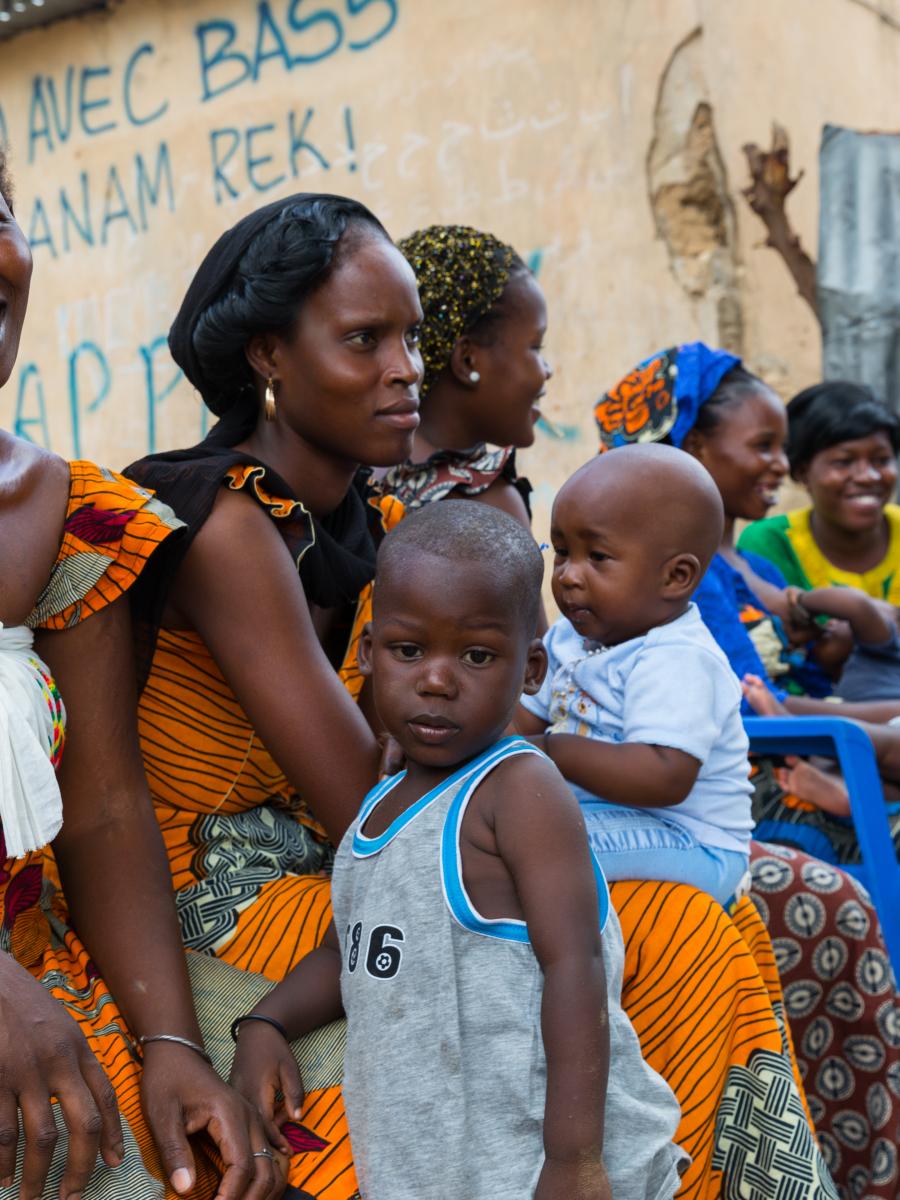
Issues of Concern
On air, Aissatou discusses challenges the community faces and raises awareness of how to keep girls in school.
She also discusses how women can join decision-making bodies, including how to run for a seat in local elections.
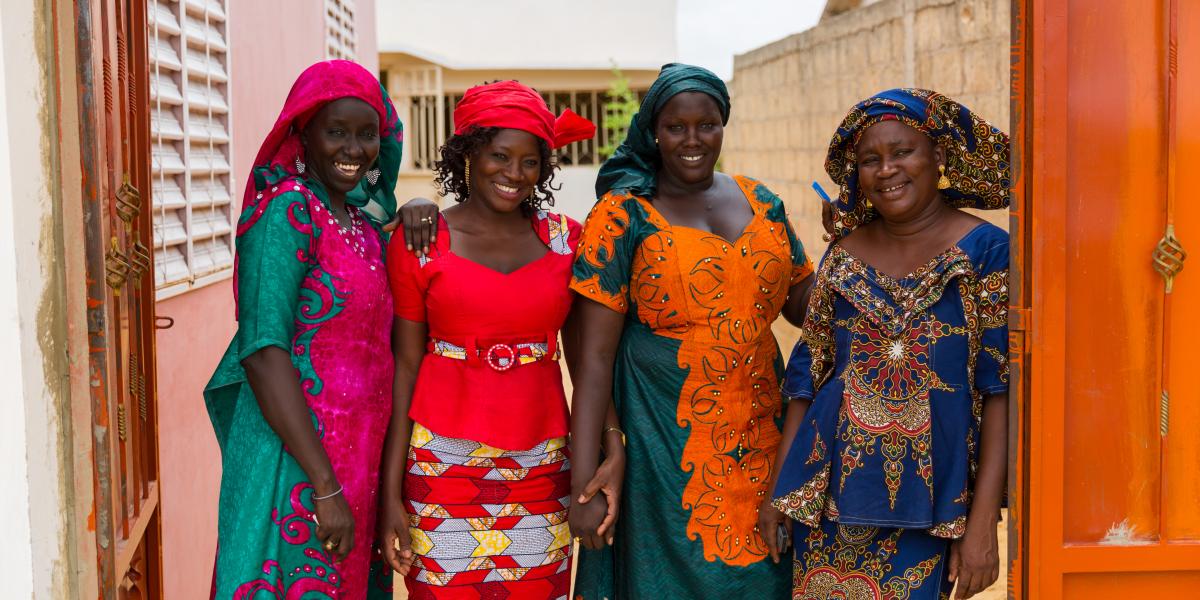
“I advise women that whatever a man can do, a woman can also do. Wherever a man stands, a woman can also stand,” Aissatou says.
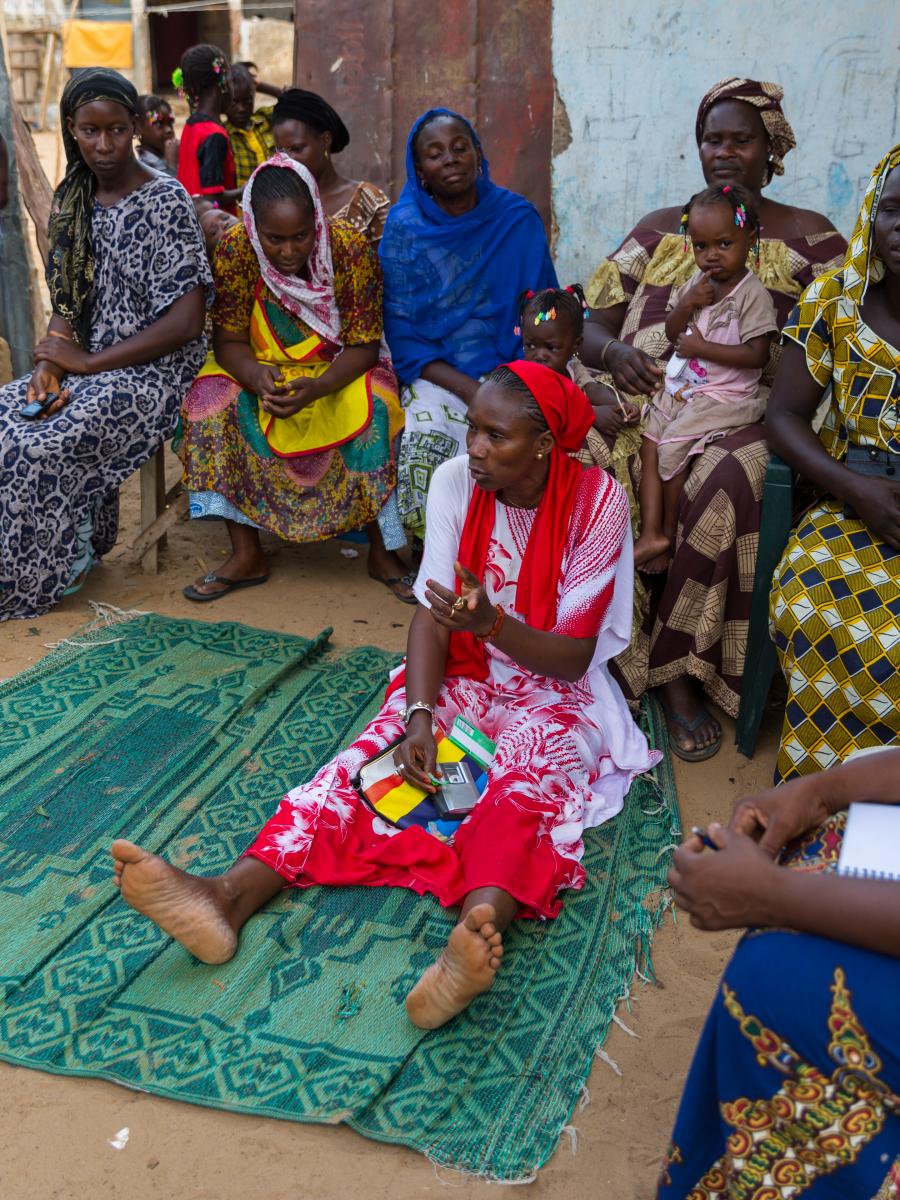
Women on Top
The program has changed the way women are starting to view themselves.
Women, says Aissatou, “were never in a position to gather information, much less produce a news report.”
“They didn’t know anything other than staying at home, cooking, washing and ironing. This program helps us believe in ourselves and encourages us to participate in our communities.”
It has also changed the way men perceive and treat women.
“Men’s behavior has changed,” she says, adding that they no longer inhibit the women from participating in public life.
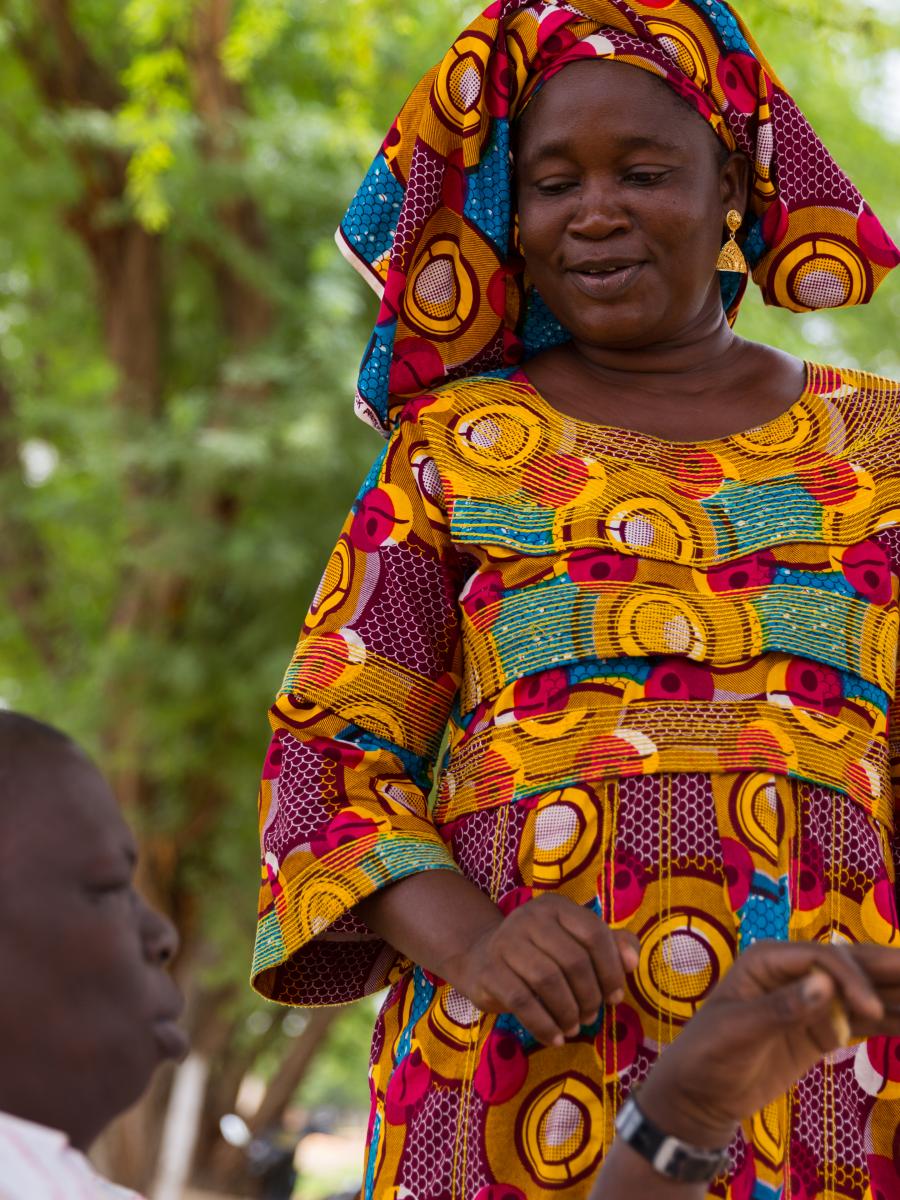
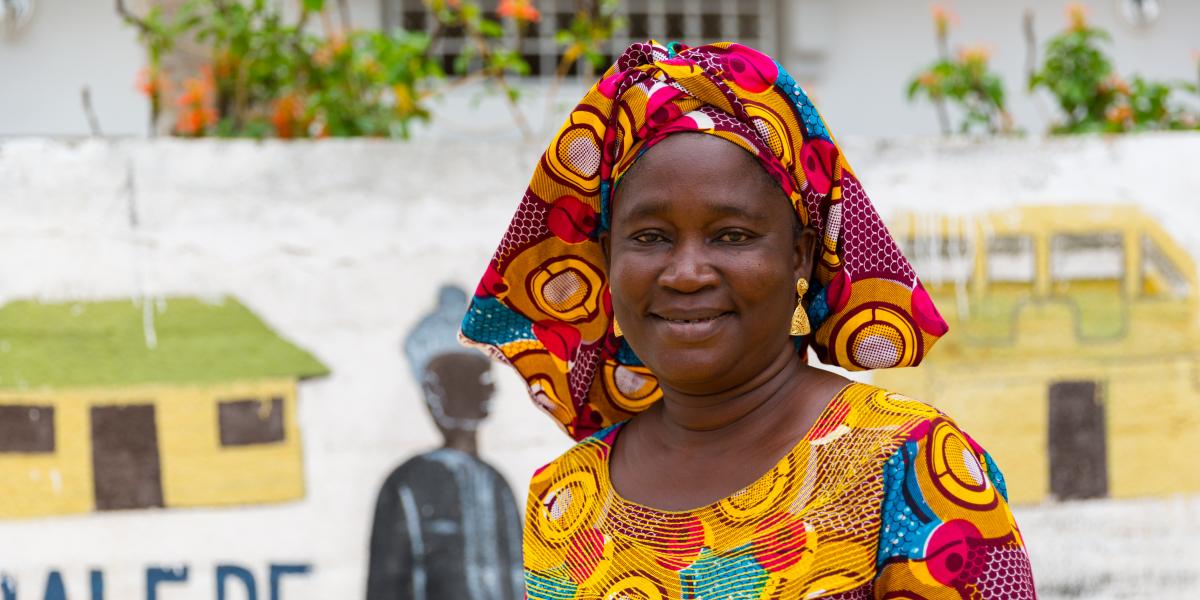
Aissatou says the program has made her more confident. “Today women go where decisions are being made and influence the outcomes,” she says. “Whatever I put my mind to, I know I can achieve.”
About This Story
Since 2010, the Women’s Leadership and Civic Journalism project has increased the presence of women in local media in Senegal’s rural regions to promote women’s leadership, capacity building, and gender equality. Supported by USAID and implemented by World Education and the Rural Association to Fight AIDS (ARLS), the project provides technical support for Senegal’s Gindiku FM radio.
The station reaches more than 150,000 listeners with programming on women’s issues, health, education, political participation, human rights and entertainment.
Its 85 reporters create and present original content ranging from real-time coverage of community events to feature interviews with female leaders.
In addition to training women journalists, the project also supports community based “listening groups” moderated by the reporters, and helps communities carry out activities that promote leadership and equal status for women.

